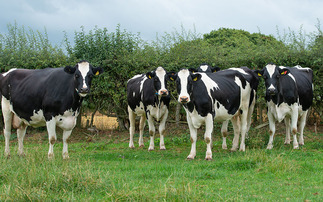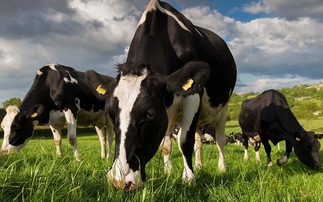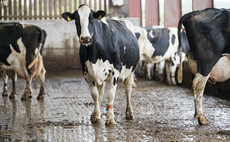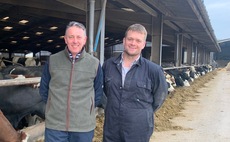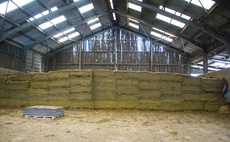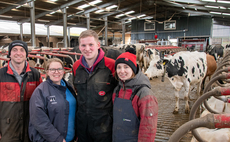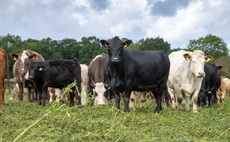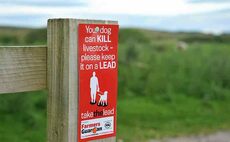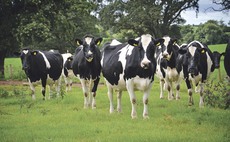
BVD remains one of the most serious diseases affecting cattle across the UK. It can have devastating economic and health impacts on herds, leading to reduced fertility, increased calf mortality and greater susceptibility to other infections.
Understanding BVD, its symptoms, prevention and control measures is crucial for maintaining a healthy and productive herd.
Gwyn Jones, chair of Ruminant Health and Welfare, says: "In England, the BVDFree scheme has transitioned to being part of the Animal Health and Welfare Pathway, which has introduced a new voluntary eradication scheme.
"Already, producers in England can access a funded vet visit as part of the Annual Health and Welfare Pathway Review. There will be further financial support available to target support for herds where test results may come back positive or inconclusive.
"As with previous Animal Health and Welfare Pathway activity, this will also incorporate biosecurity assessment.
"For farmers in England, the advice is to take full advantage of the funded BVD Eradication Scheme and the funded vet visits, as once the BVD Eradication Scheme becomes mandatory in 2027, there will not be any further funding."
In Wales, funded testing under the Gwaredu BVD scheme ceased at the end of 2023. A voluntary scheme which differed from those elsewhere in the UK, it led with blood screening for antibodies at the same time as the herd's TB test.
From July 1, 2024, all cattle herds in Wales were required to carry out antibody screening for BVD annually.
In Scotland and Northern Ireland, the mandatory schemes continue to run and are making good progress towards eradication.
Evolution
Mr Jones says: "It is really important that farmers engage with the scheme while it remains in its voluntary phase, as costs for the vet visit, testing and a biosecurity assessment will be covered. Once it switches to being mandatory, the funding will be withdrawn."
As with BVD control schemes in Scotland and the Ireland, once the scheme in England becomes mandatory, there will be several categories farms can fall into.
Mr Jones says: "We will go to consultation with the industry this autumn, but in the plan we have drawn up any positive BVD tests, persistently infected [PI] animals or animals showing as ‘not negative' will influence the category the farm ends up in.
"And once categorised, any which are positive for BVD must start a PI hunt within 30 days, with all animals tested within a week, and all calves, aborted foetuses or calves born dead tag tested. Any animal identified as a PI must be slaughtered.
"This will be carried out in partnership with your vet and a programme of routine testing, vaccination and biosecurity assessments will follow.
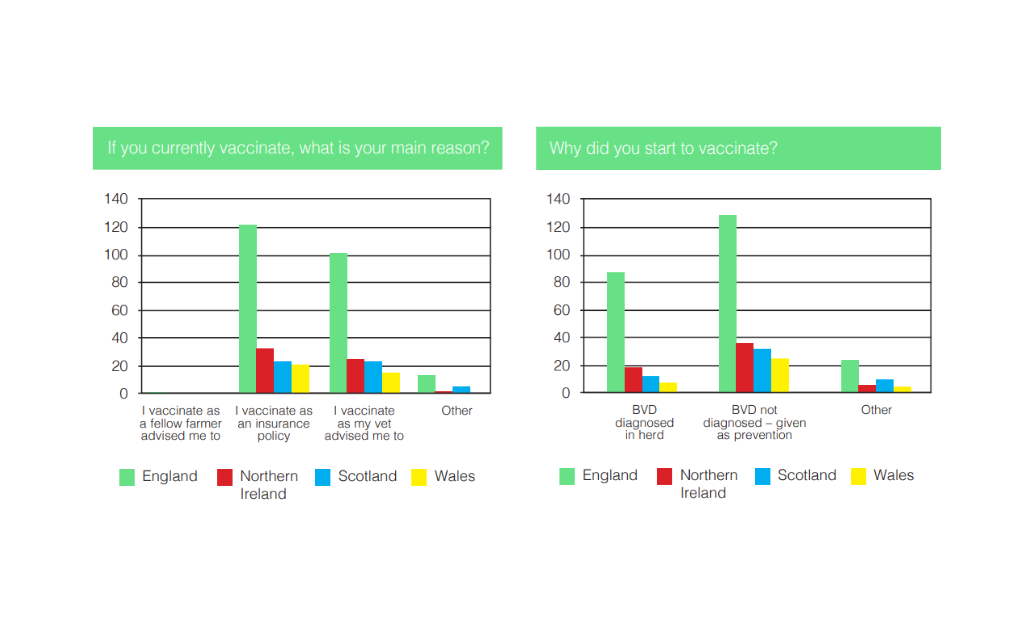
Framework
"There is no denying it, the framework of the mandatory BVD Eradication Scheme is a significant step up in comparison to obligations for farmers now, in the voluntary phase.
"This is partly why it is so important that farmers make inroads with BVD control in the next two years, when funding is available and the scheme is voluntary."
BVD affects the immune system of cattle and the virus is highly contagious, spreading through direct contact with infected animals and via the placenta from an infected dam to her unborn calf.
Dr Becca Cavill, vet at Boehringer Ingelheim Animal Health – maker of the live BVD vaccine, Bovela® – says: "Whether running a closed or open herd, in a country with a voluntary or mandatory control scheme, the role of vaccination and testing are important to prevent the BVD virus causing losses.
According to last year's National BVD Survey, while tag and test is now the most common type of testing [47% respondents], people are often choosing not to tag test everything.
"From those using this form of testing [320 respondents], only 43% are tag and testing all calves born dead or alive, while 47% are only tagging calves born alive and the remainder were only tagging some calves, mainly live heifer calves [5%].
"This is a very risky strategy as PI animals can be born dead or weak and could easily be missed by not tagging every single calf born on the farm whether it is alive or dead at or soon after birth."
The use of vaccination is widespread, but not without issue for some producers.
"Over half – 60% [386] of those who responded report using vaccination, yet 86 [13%] of those vaccinating had to restart their vaccination course because they had either incorrectly timed the two shot primary course [30%], had gone beyond the 12-month booster window [49%] or had missed giving the six-month booster [21%], required in cases of the inactivated vaccine.
"When timings are out, the herd's BVD protection can become compromised and the virus can creep in leading to losses.
"Opting for Bovela®, a live vaccine which has a flexible and simple single injection protocol, can make a busy life managing a herd slightly easier.
"Talk to your vet to find out more and check makebvdhistory.co.uk to plan vaccination timings."
Actions to take
WHY CONTROL BVD?
BVD presents various forms, including:
- Acute BVD: Symptoms include fever, lethargy, nasal discharge, diarrhoea and reduced appetite
- Reproductive issues: Infertility, abortion, stillbirths and weak calves are common
- Persistently Infected animals (PIs): If a pregnant cow is infected during early gestation, the virus can pass to the foetus, creating a PI calf; PI animals shed the virus continuously, acting as a major source of infection
ECONOMIC IMPACT OF BVD
BVD can lead to significant economic losses due to:
- Reduced milk yield
- Poor growth rates in calves
- Increased veterinary costs
- Higher mortality rates
- Fertility issues leading to lower calving rates
STEPS TO TAKE
- Regular testing and monitoring to detect BVD early
- Implement a robust vaccination programme to prevent outbreaks
- Cull persistently infected animals to stop viral transmission
- Maintain high biosecurity standards to prevent introduction and spread of the virus
For more information, go to





